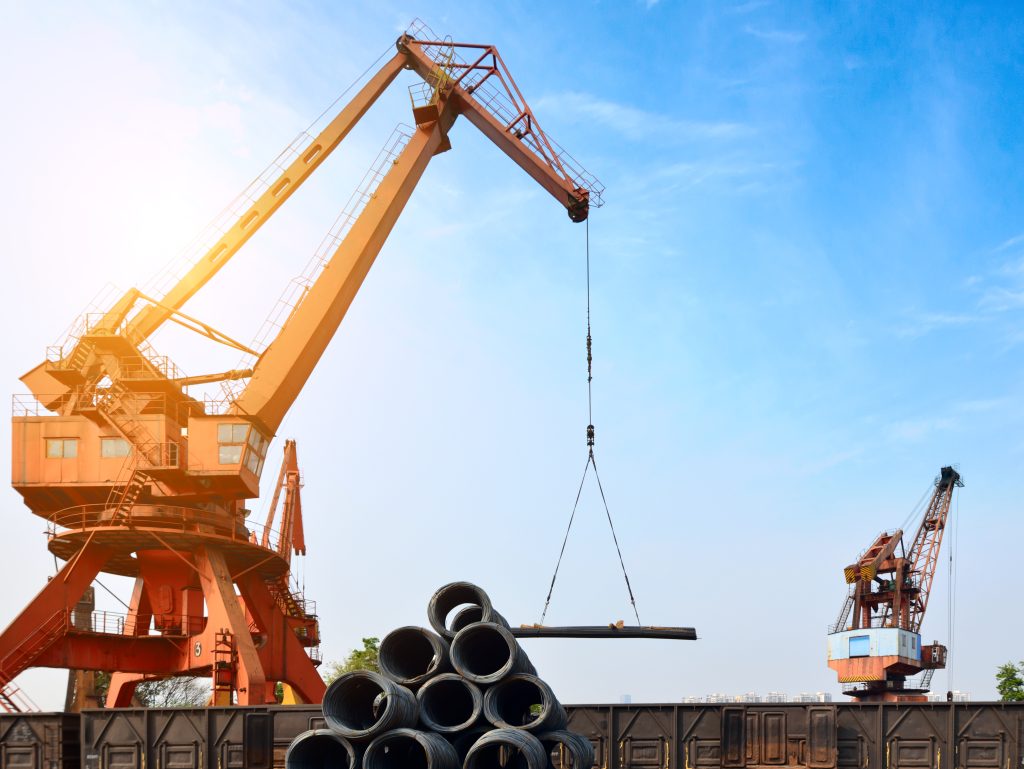Lifting Operation Safety refers to the set of practices, procedures, and precautions implemented to ensure the safe execution of lifting operations in various industries. Lifting operations involve the use of equipment such as cranes, hoists, forklifts, and other machinery to lift, lower, or move heavy loads. These operations are common in construction, manufacturing, logistics, and other sectors where the movement of large and heavy materials is required.
The primary goal of Lifting Operation Safety is to prevent accidents, injuries, and damage to property that can occur during lifting activities. Safety measures are implemented to protect the workers involved, as well as others in the vicinity, and to prevent damage to equipment and the environment.

OBJECTIVE
The objective of Lifting Operation Safety training is to ensure that individuals involved in lifting operations have the knowledge, skills, and awareness to perform their tasks safely and efficiently. The training aims to reduce the risk of accidents, injuries, and damage associated with lifting activities. Here are the key objectives of Lifting Operation Safety training:
The following are some of the advantages of implementing “Lifting Operation Safety” in the workplace: –
- Reduced risk of Accident & Injuries
- Improved Workplace Safety Culture
- Compliance with Regulations
- Protection of Personnel & Property
- Increased Efficiency & Productivity
- Longevity of Equipment
- Reduced Insurance Costs
- Enhanced Reputation
- Employee Morale & Satisfaction
- Minimized Downtime
- Cost Savings
- Continuous Improvement
By recognizing and actively implementing Lifting Operation Safety measures, organizations can create a safer, more efficient, and more sustainable workplace. The benefits extend beyond immediate safety concerns to positively impact overall business performance and reputation.
